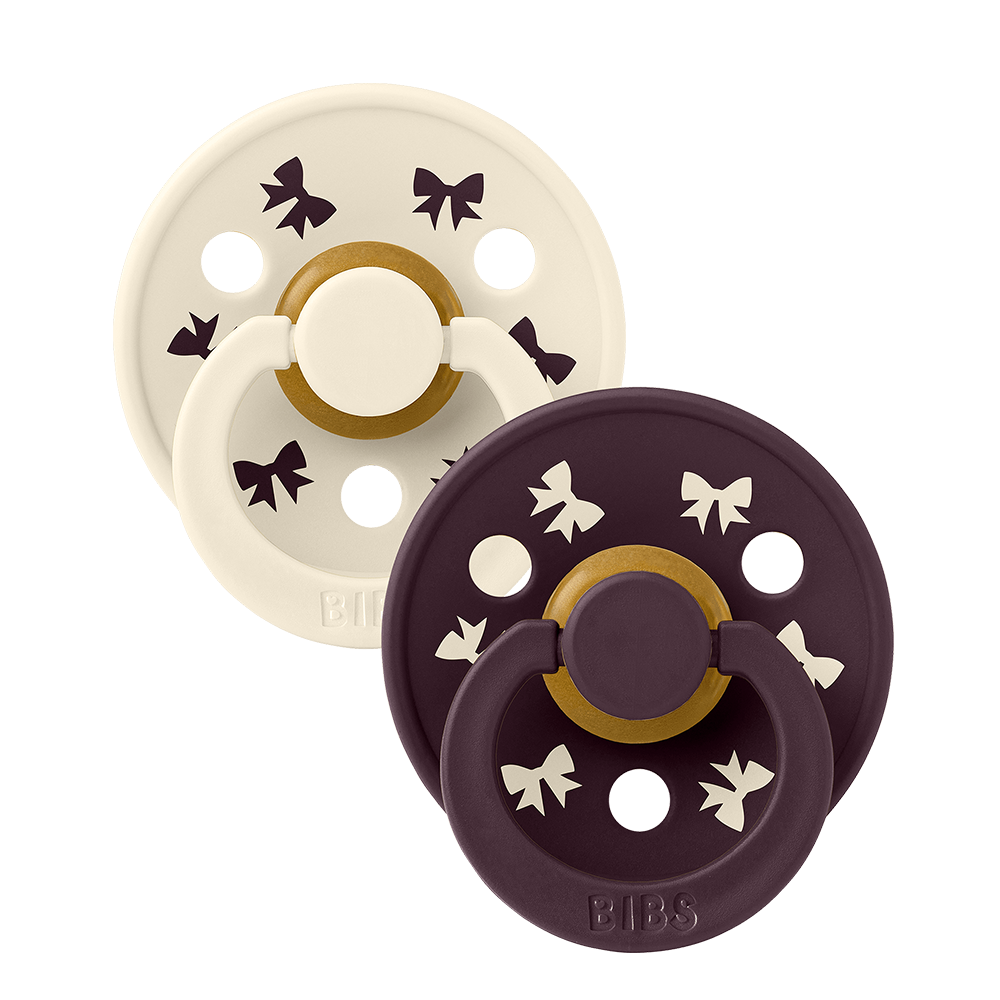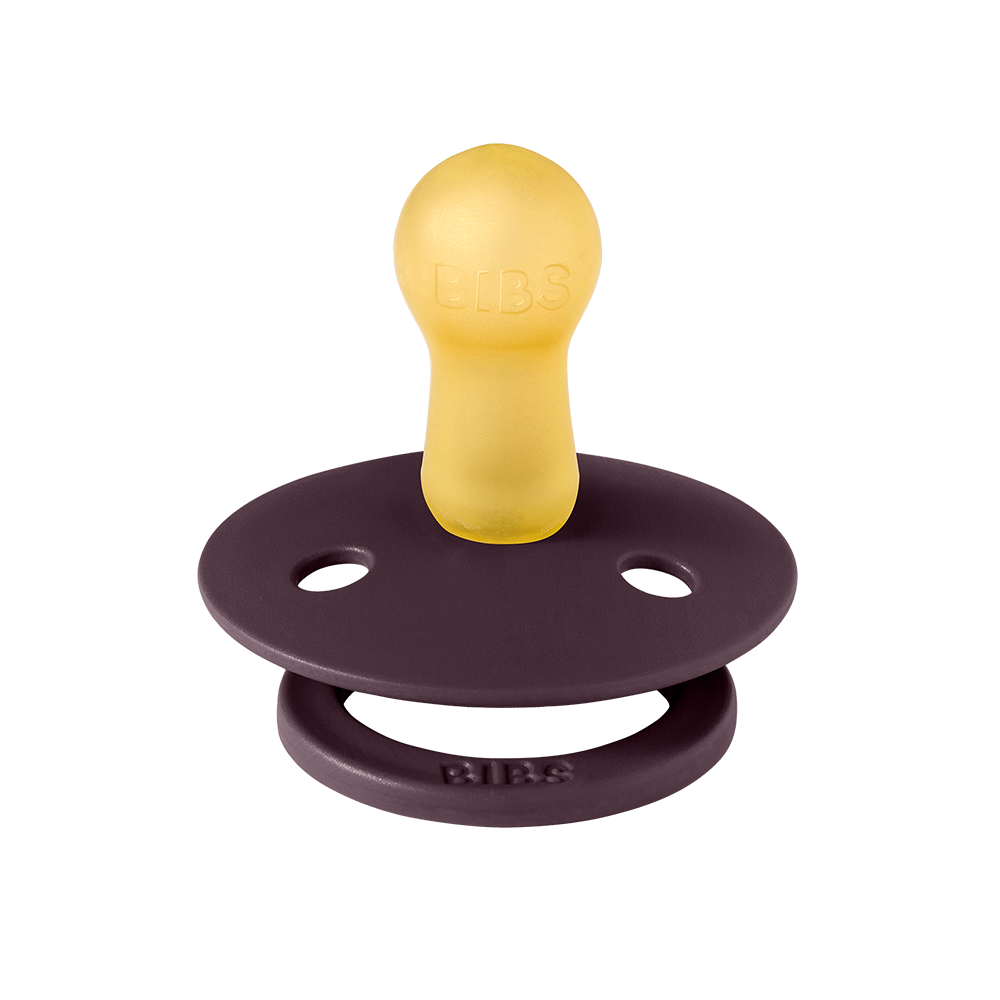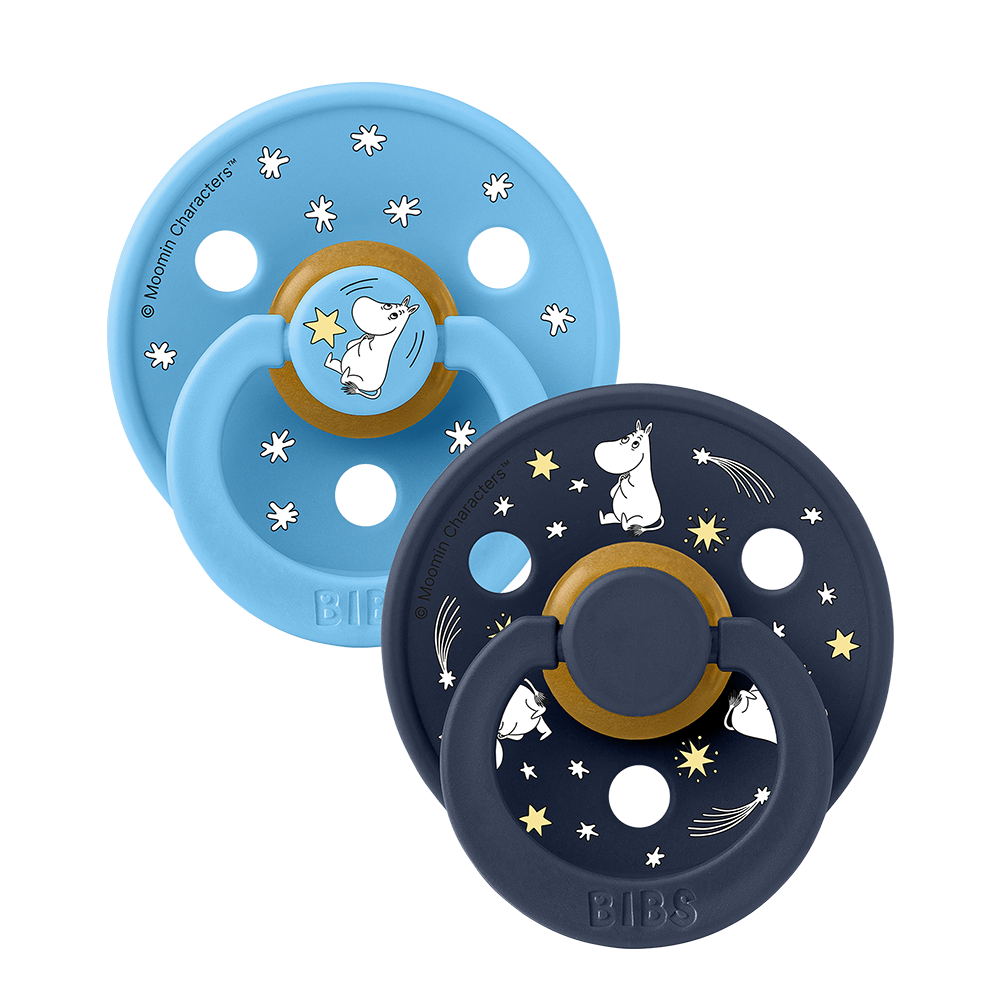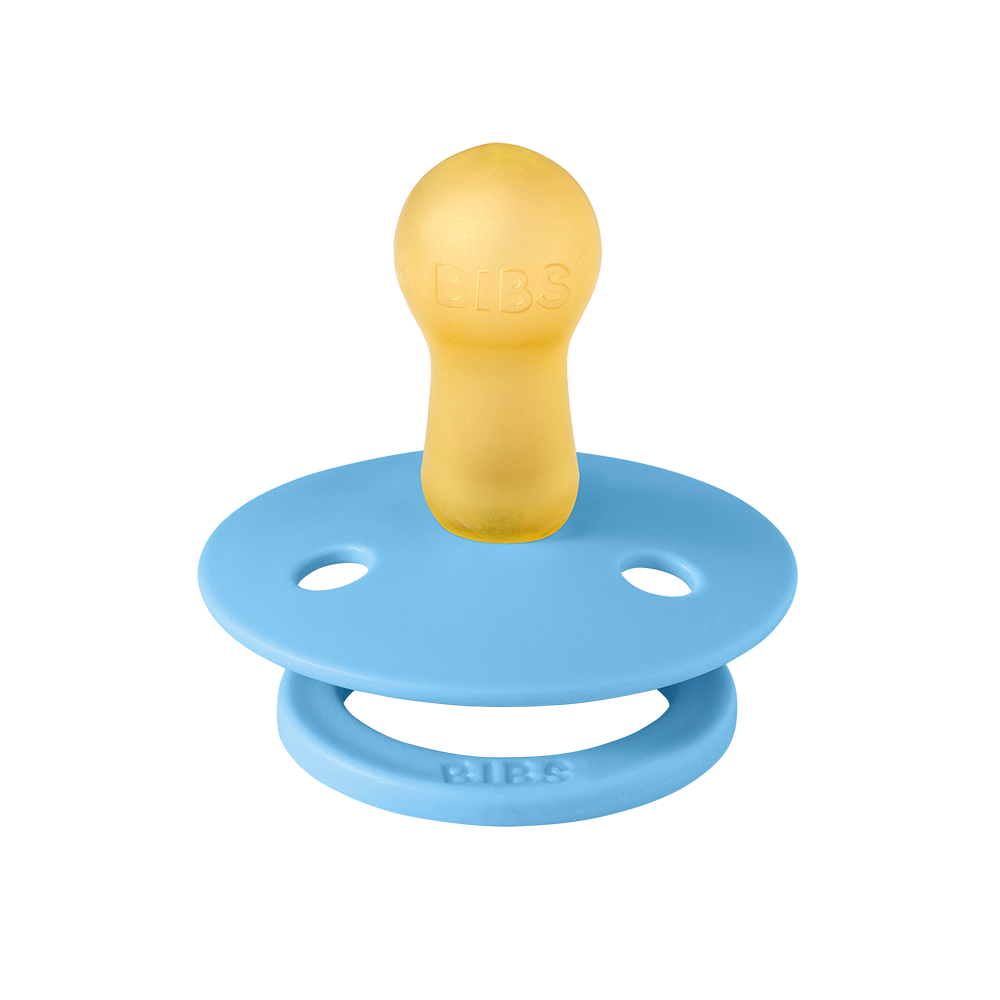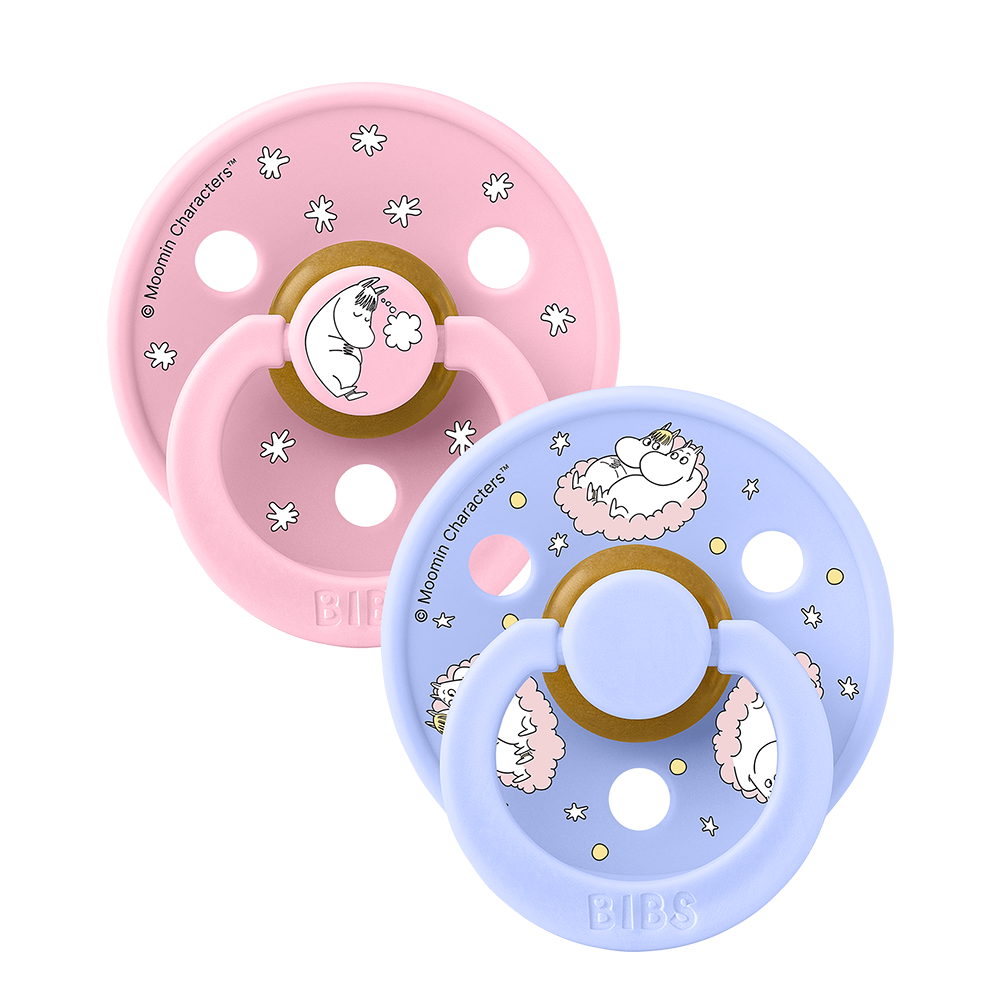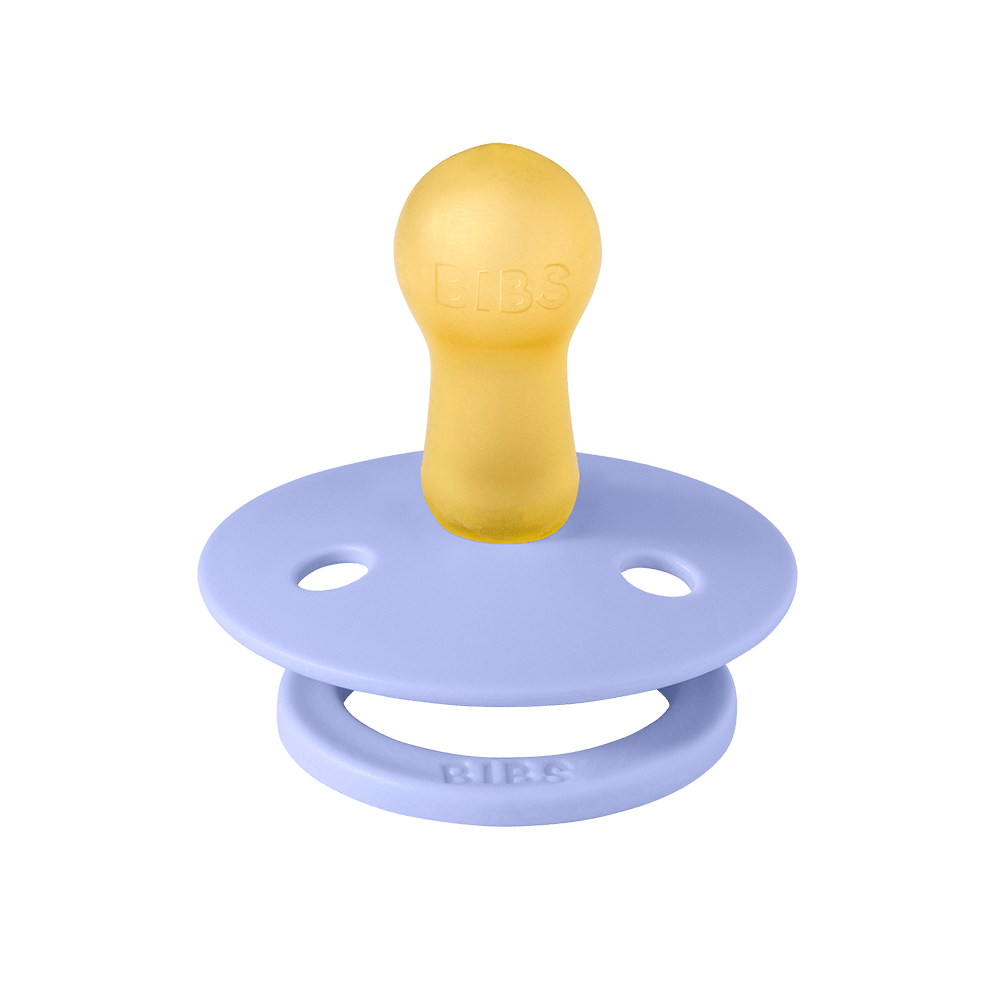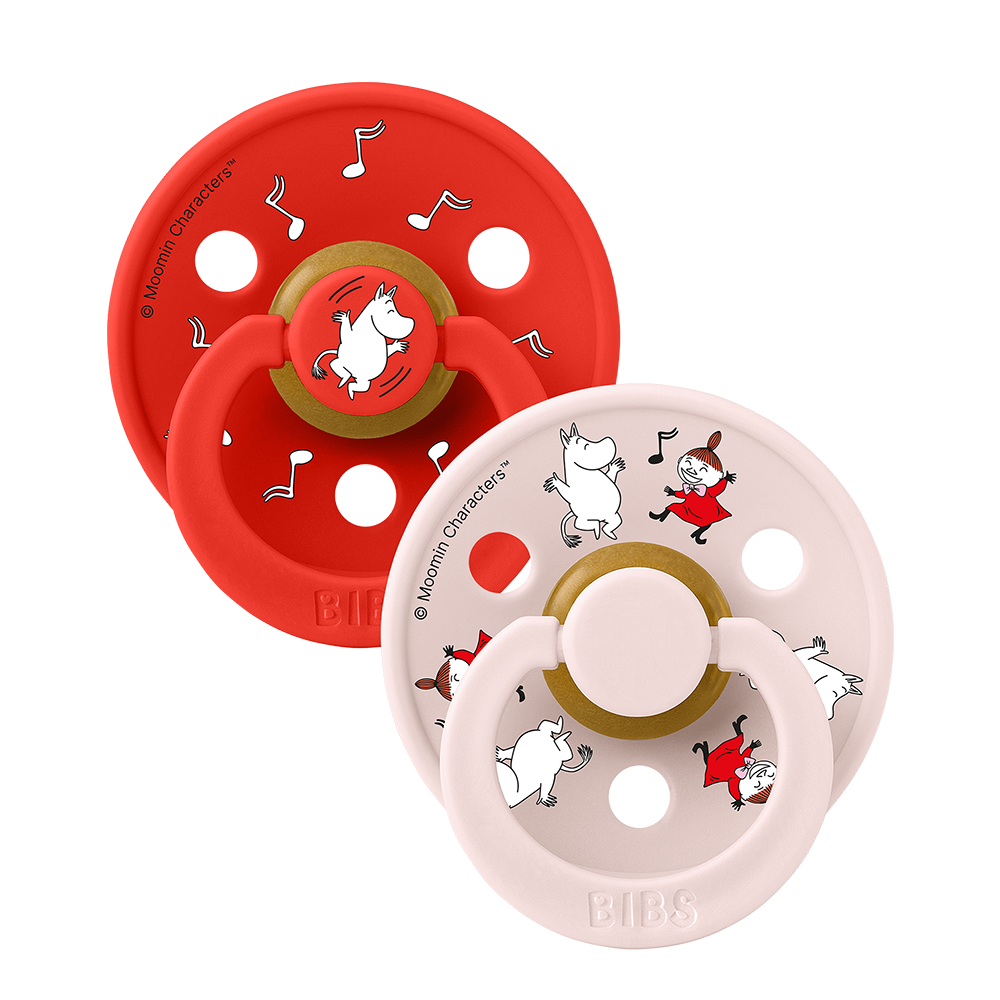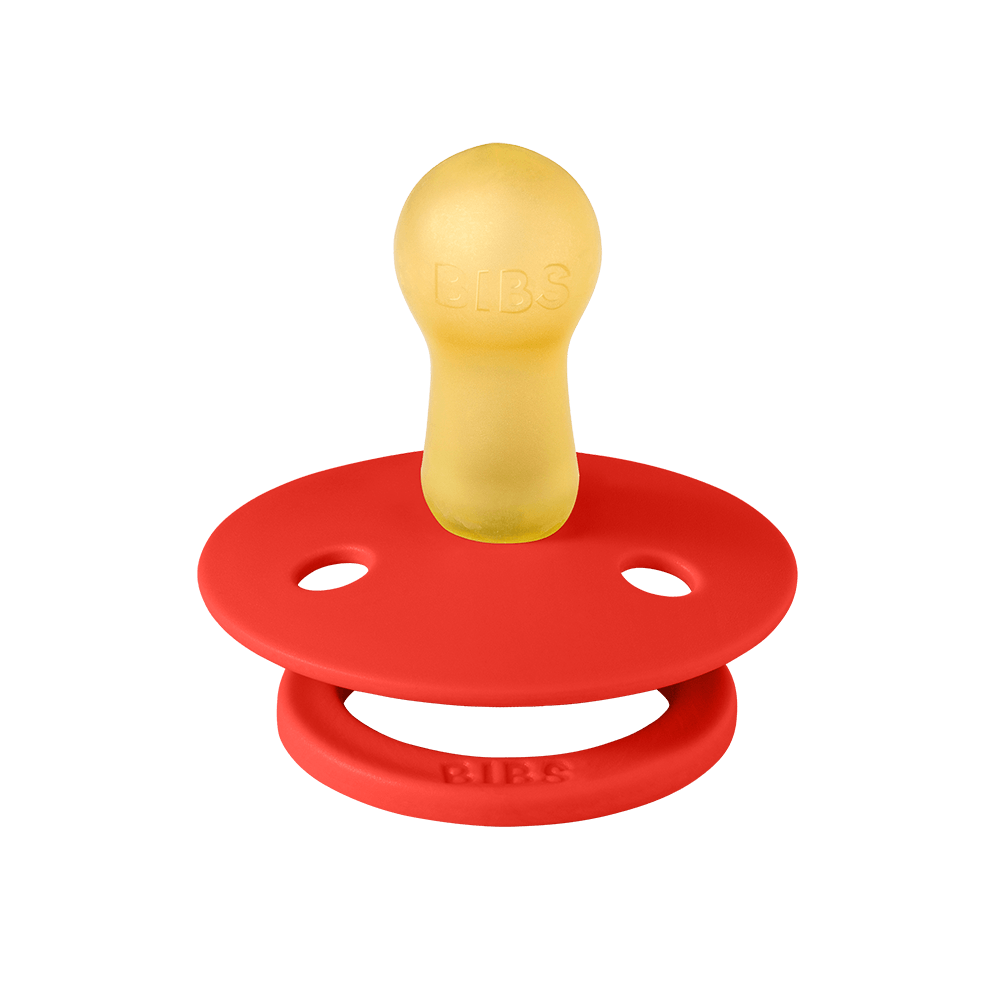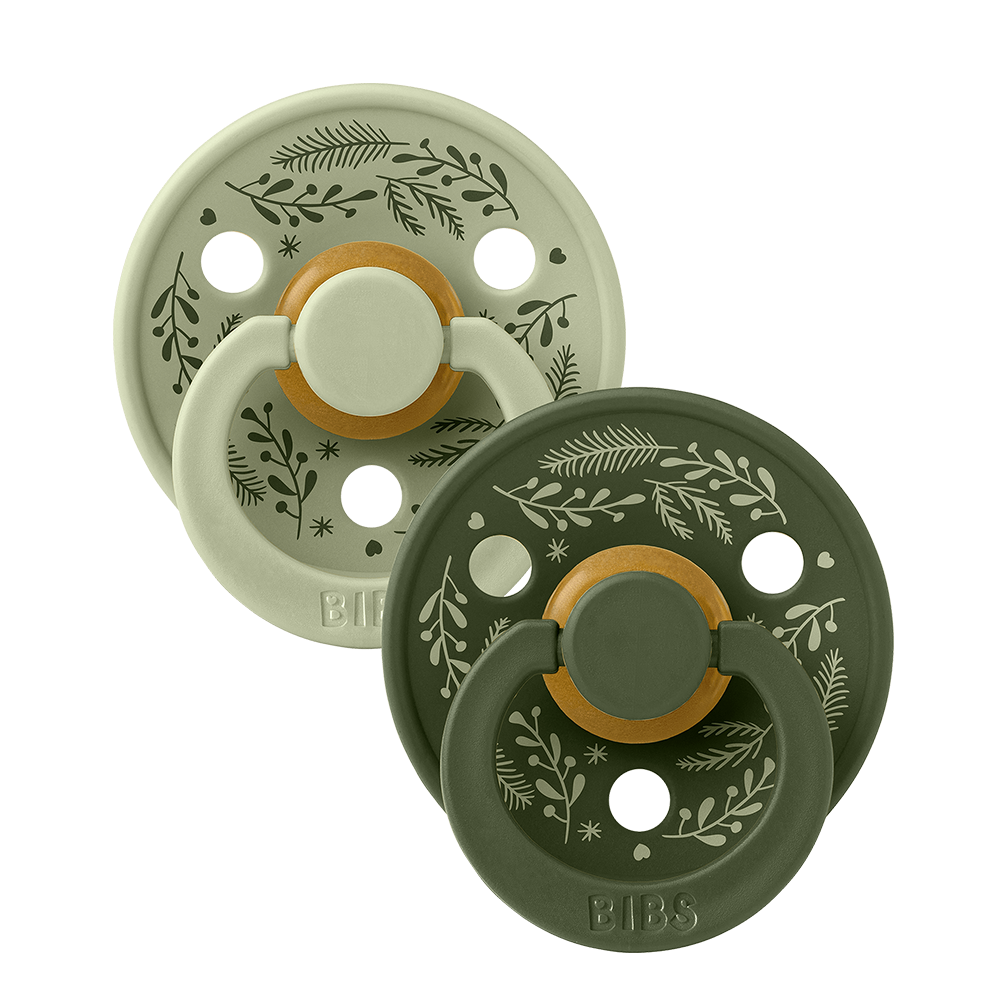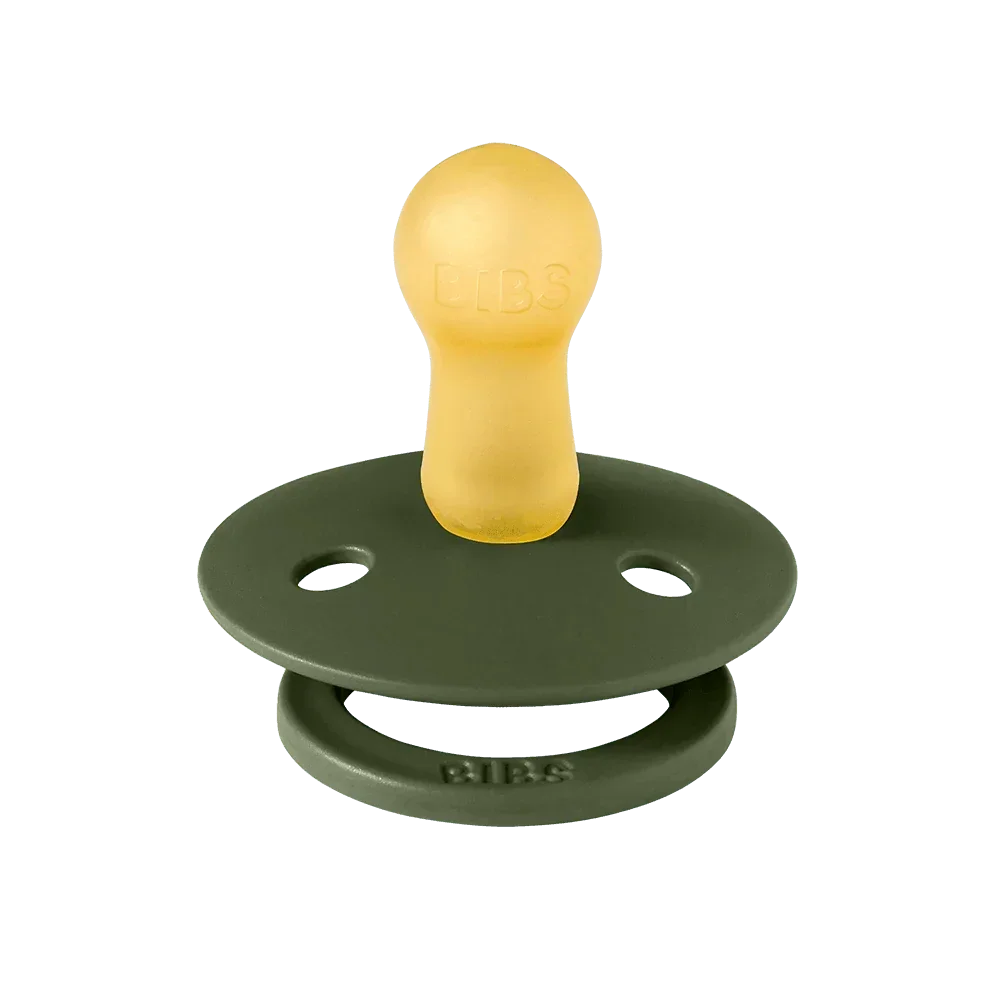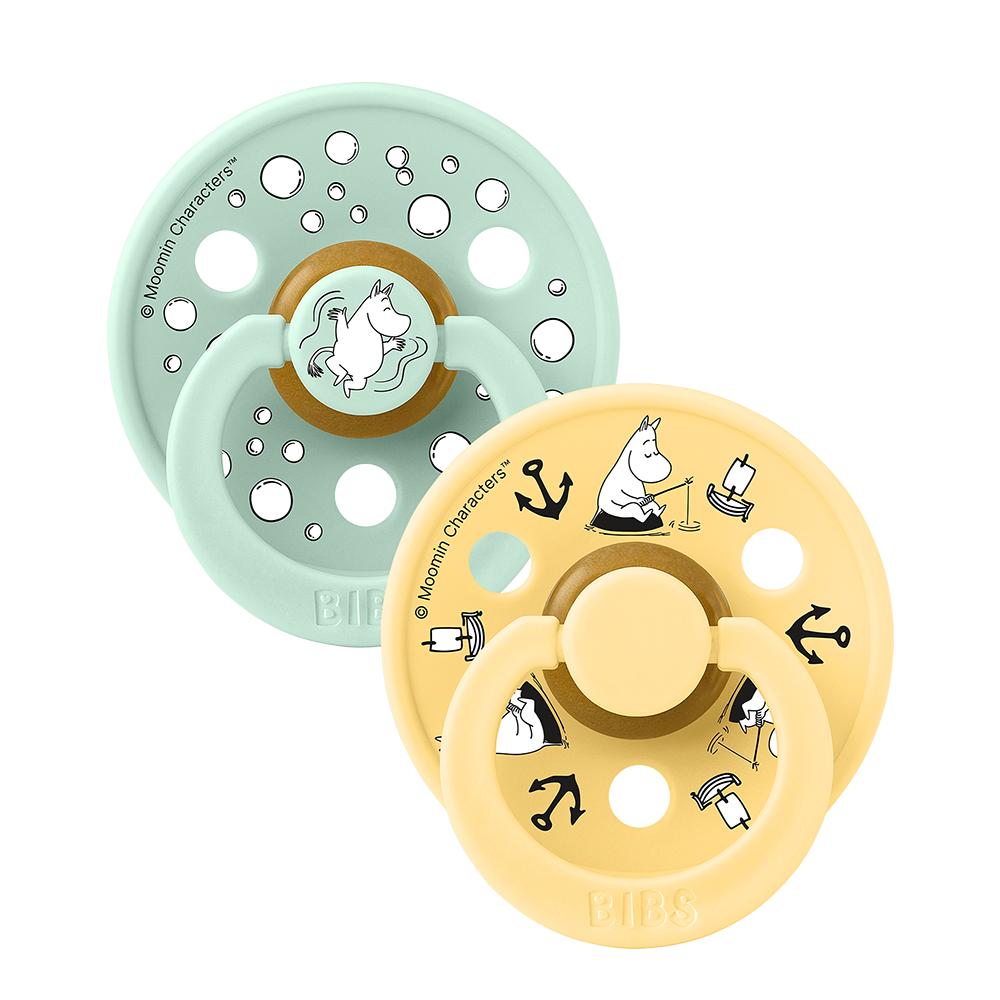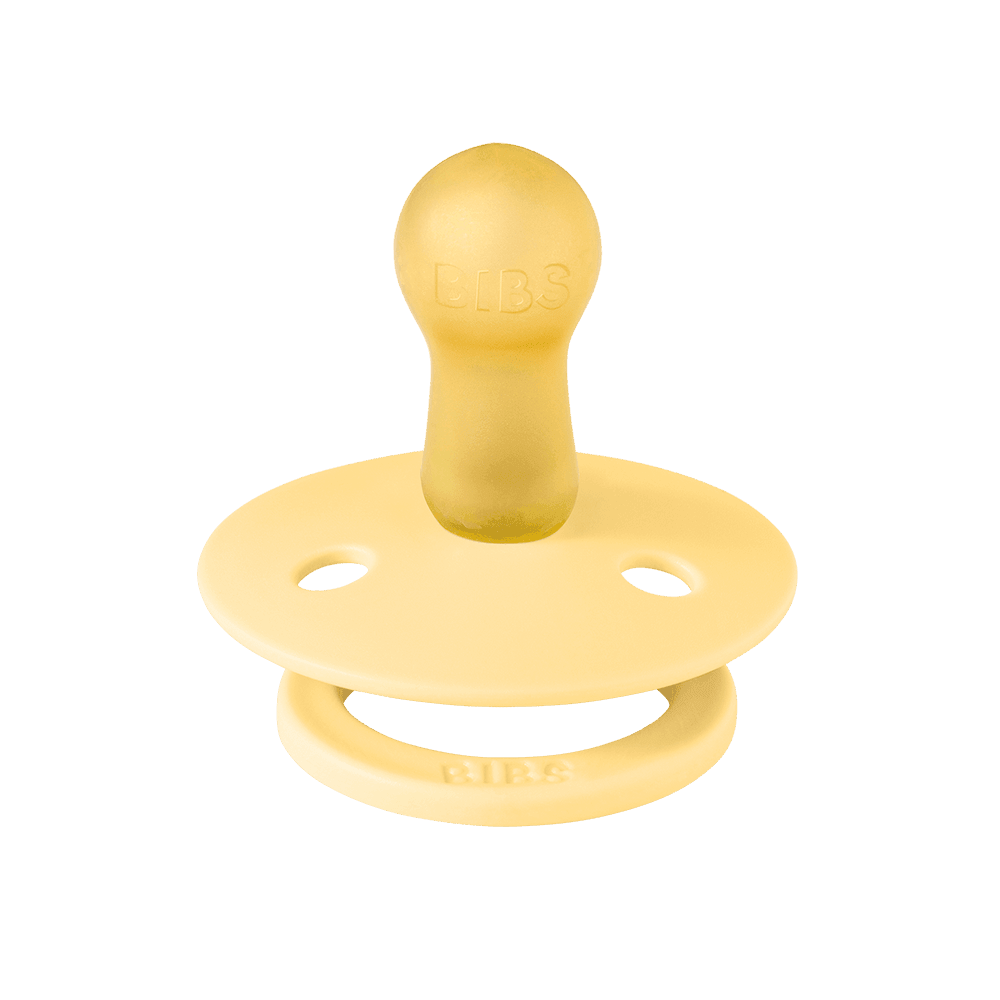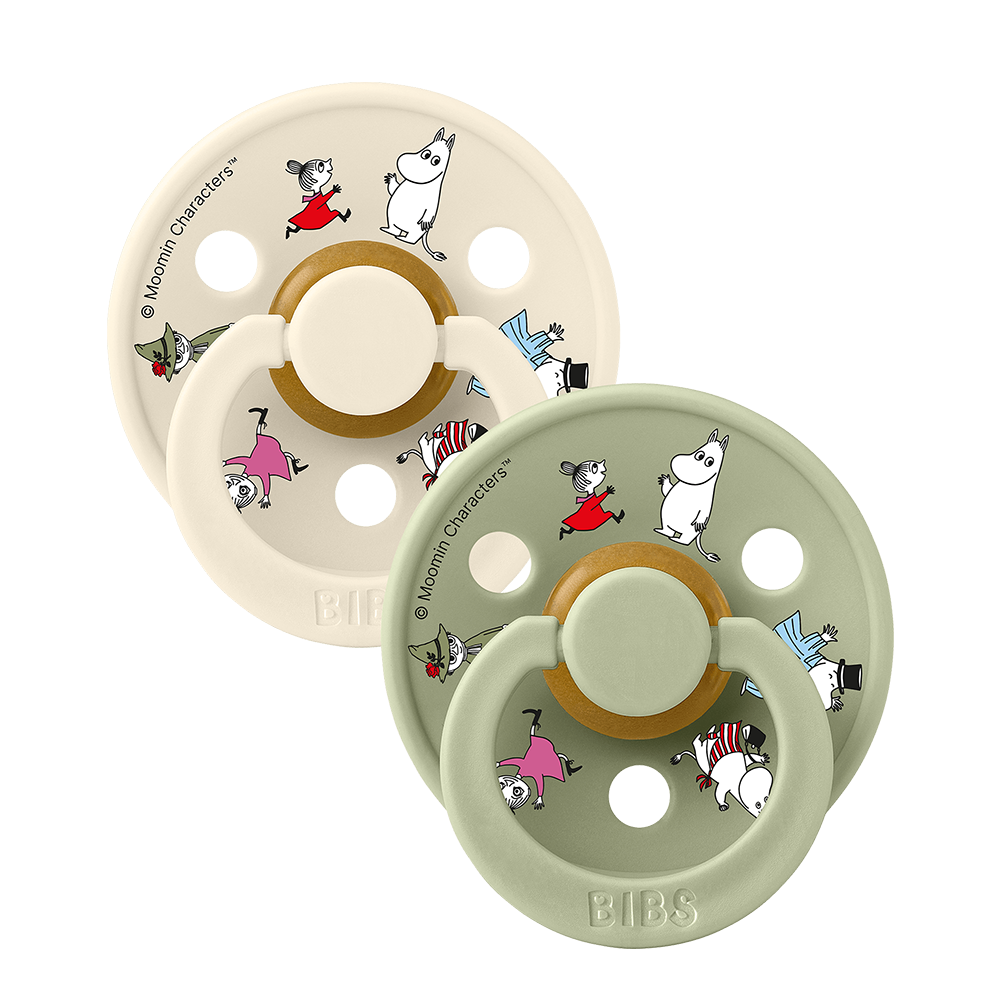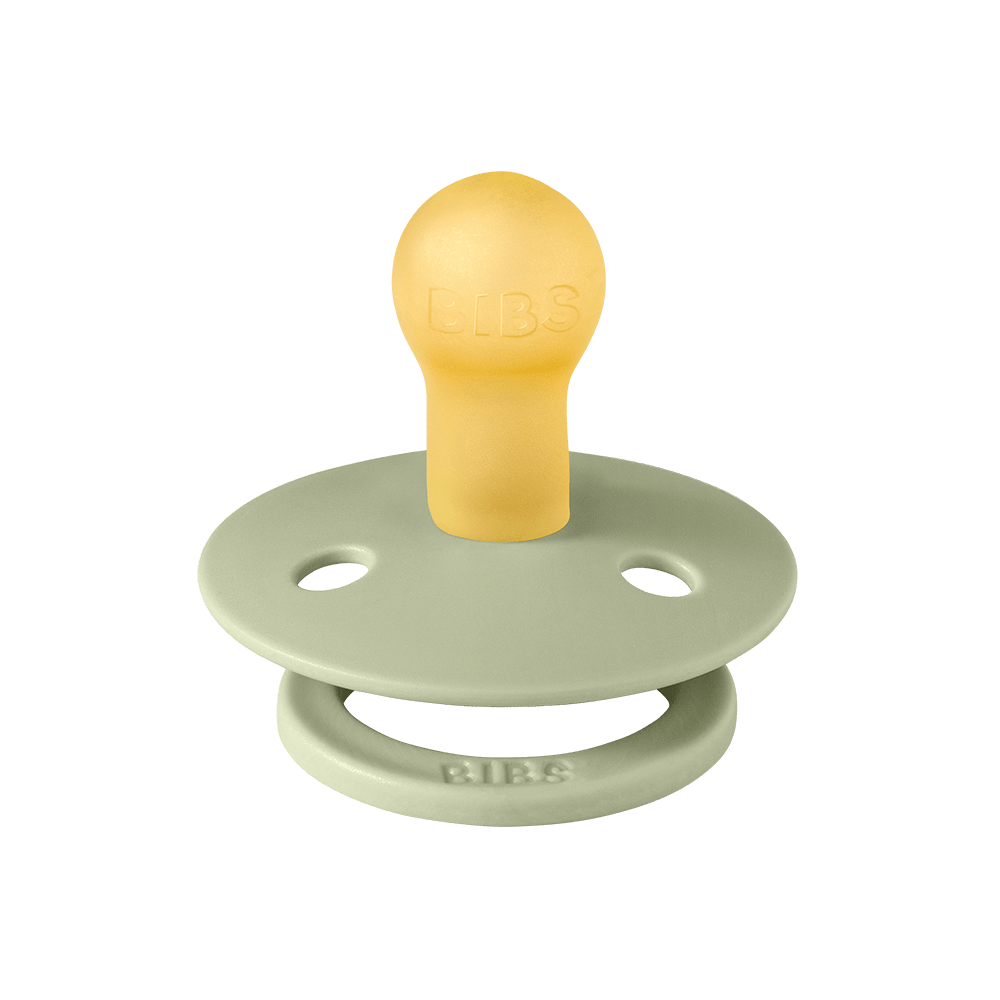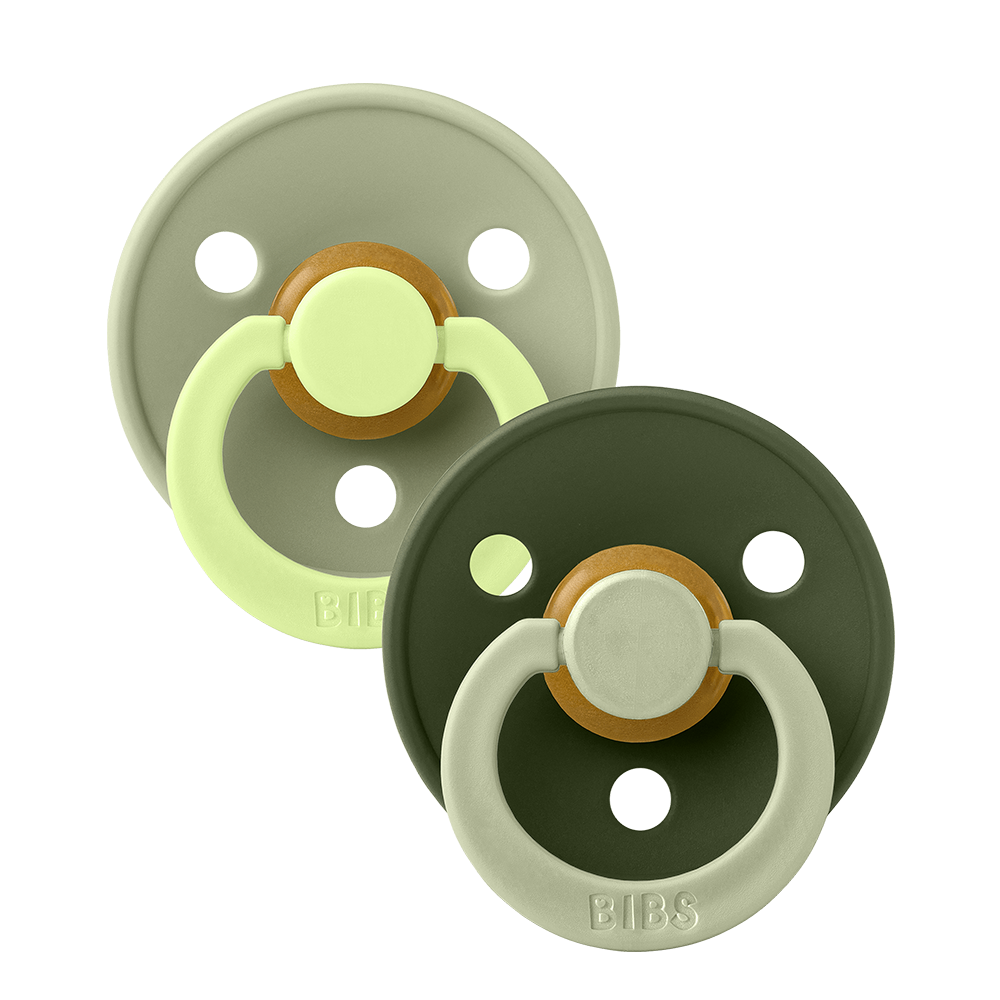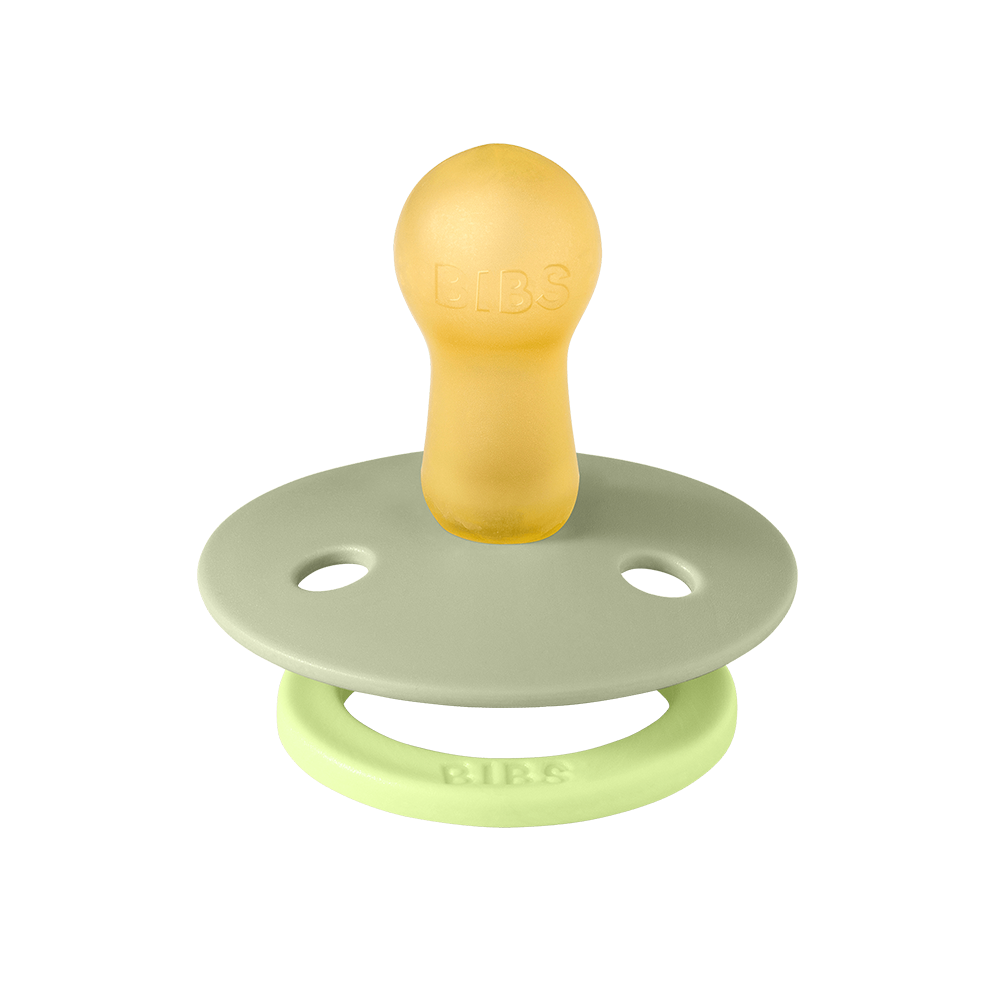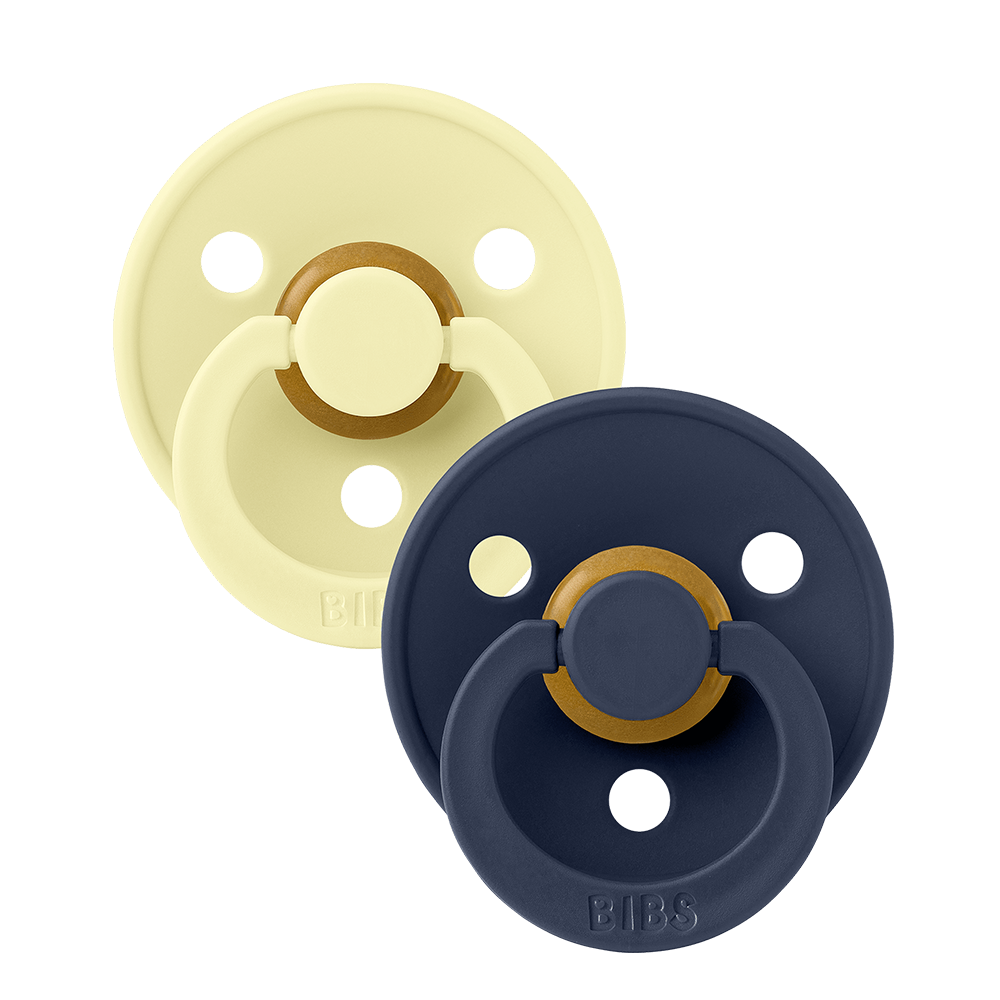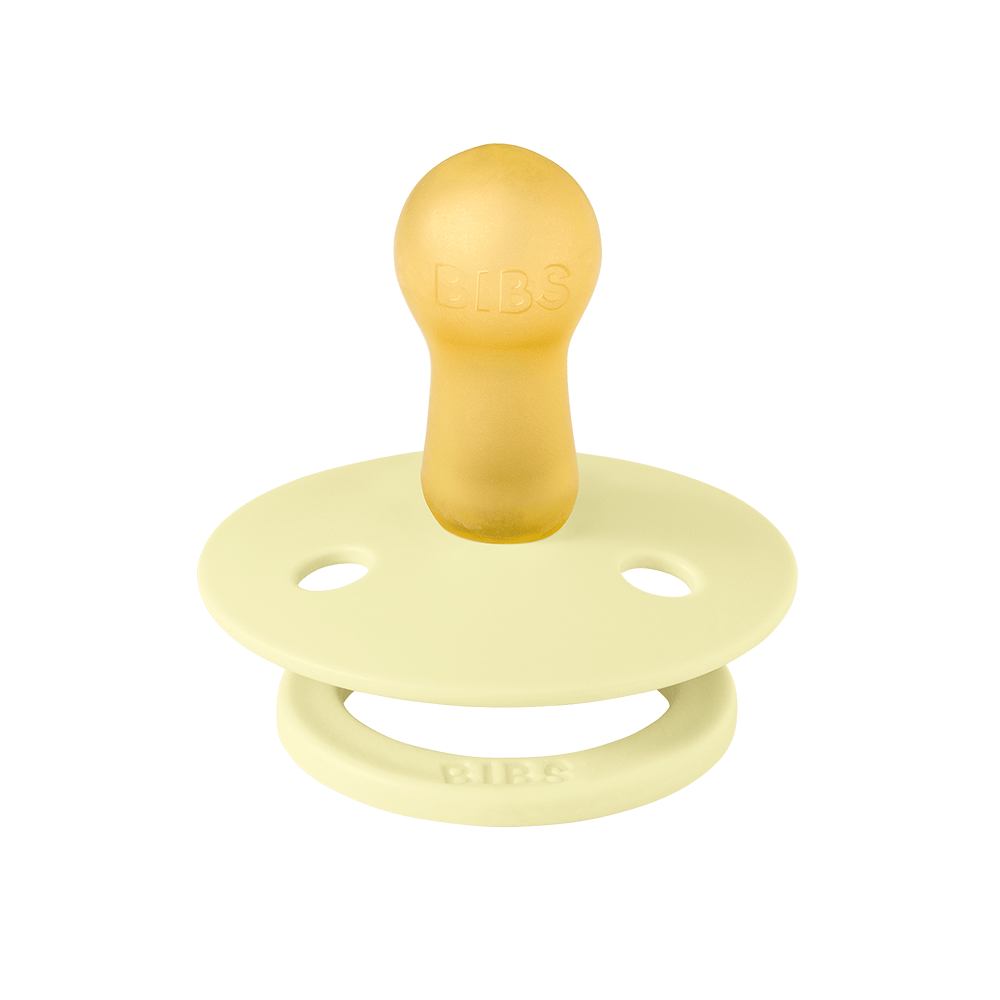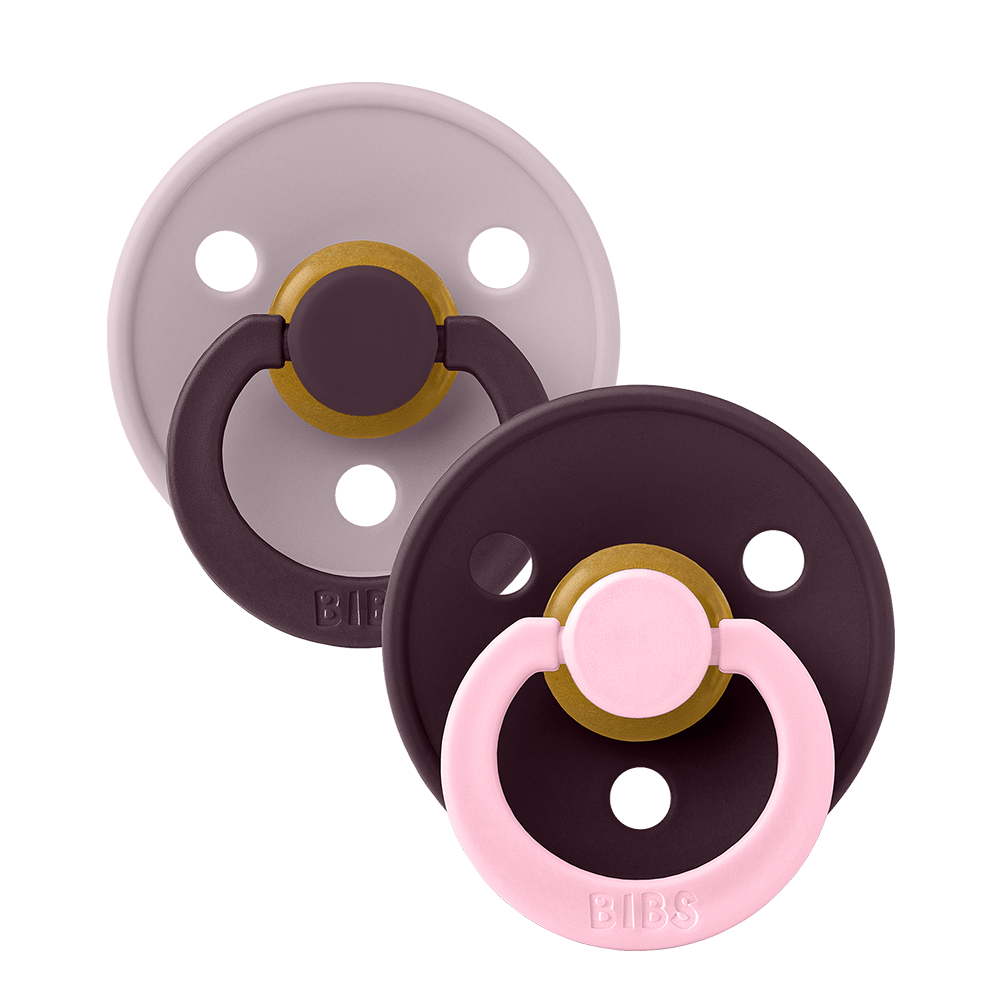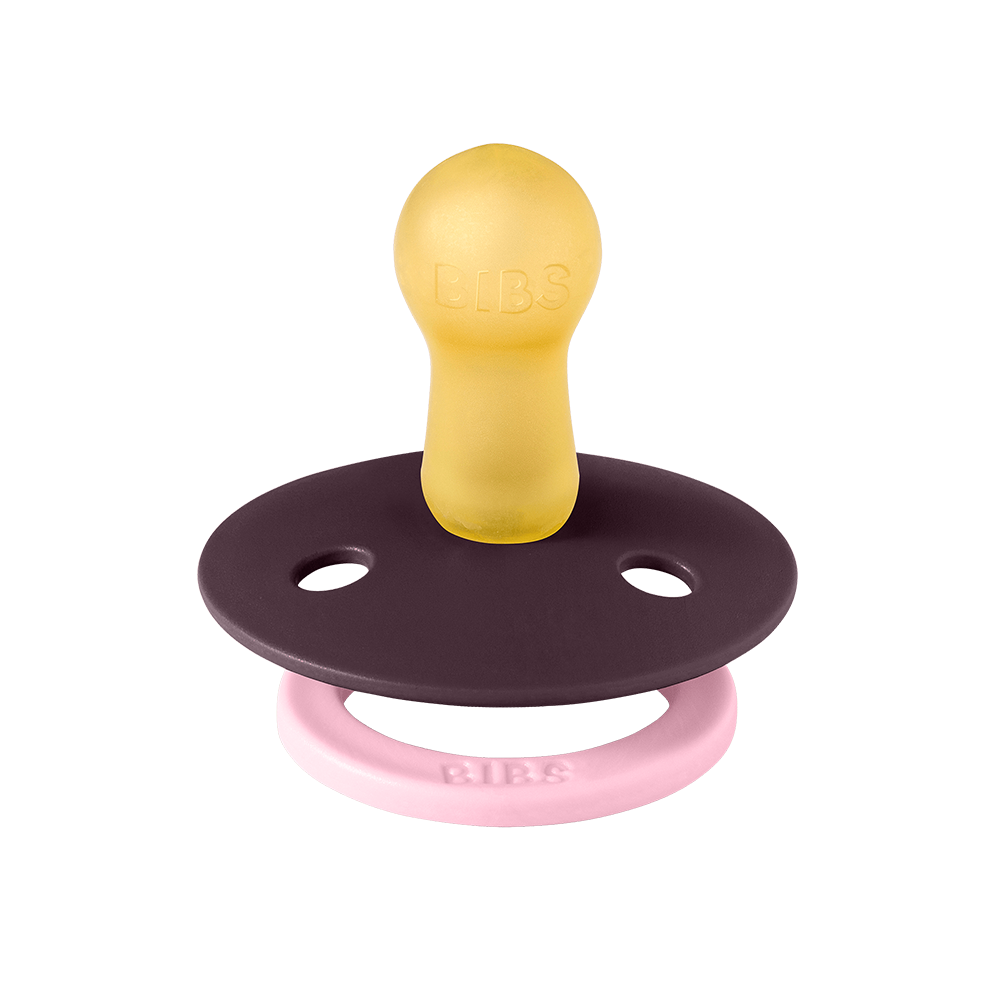Why Does My Baby Cry After Feeding?

Feeding your baby should feel peaceful, soothing, a time to bond, but sometimes it ends in tears. If you’ve asked yourself, why does my baby cry after feeding, you’re far from alone. Many parents face this question, and while it can feel worrying, often there are simple reasons behind it.
This guide walks through the most common causes of post‑feed crying, and what you can do to help your baby feel more comfortable and calmer after meals.
Why Does My Baby Cry After Feeding?
Babies cry after feeding for many reasons from physical discomfort to overstimulation. Understanding the reason can help you respond with care and confidence.
1. Gas or Air Swallowing
Trapped air is one of the top reasons for crying after feeding. Babies often swallow air if the latch isn’t deep, or the bottle nipple allows too much flow. That air can cause belly pain and make your baby uncomfortable.
Try burping your baby gently during and after feeds. A good burp position helps. Our BIBS baby bottles are built with anti‑colic valves to reduce air intake, which may help prevent fussiness from gas.
2. Reflux or Spit-Up
If your baby arches their back, spits up often, or becomes fussy shortly after feeding, reflux might be the cause. It’s when stomach contents move back into the esophagus, causing irritation.
Holding your baby upright for 20‑30 minutes after feeding, feeding in calm settings, and offering smaller, more frequent meals can ease symptoms.
3. Overfeeding or Fast Feeding
Sometimes the cause is simply too much, too fast. Overfeeding or a fast flow nipple can overwhelm tiny tummies. Signs include turning away from the bottle or breast, crying while feeding, or seeming bloated.
Slow the flow, allow pauses, and consider using a gentler nipple design. Our baby feeders help introduce milk or solids more gently.
4. Sensitivities or Milk Intolerance
If your baby cries after nearly every feeding, with symptoms like rash, diarrhea, or mucus in stool, milk protein sensitivity may be involved. Cow’s milk protein or other ingredients can sometimes trigger reactions.
Talking with your pediatrician about elimination diets or different formulas is one way to explore this safely.
5. Need for Comfort and Connection
Crying isn’t always about hunger or digestion. Sometimes babies need extra closeness and comfort. After feeding, some babies still want sucking, hugging, or calming motion.
Offering a pacifier, skin‑to‑skin contact, or simply a quiet cuddle can help satisfy that need for connection.
6. Tiredness or Overstimulation
Feeding takes coordination - sucking, swallowing, breathing. After all that effort, babies can be tired or overstimulated, which may trigger crying. Soft light, calm surroundings, or soft motion can ease the transition.
Using familiar items like a soft bandana bib or gentle rocking may help settle them post‑feed.
What You Can Do to Help
If you are dealing with the “why does my baby cry after feeding” question, here are steps you can try:
- Burp your baby during and after feeds
- Watch for fullness cues and slow down feeding
- Keep baby upright after feeding for a while
- Use anti‑colic bottles to reduce swallowed air
- Offer a soothing pacifier after feeding if needed
- Make the feeding and post‑feed environment calm and dimly lit
Tools to Support Calmer Feeds
Our US BIBS tools are designed to make feeding smoother. Explore anti‑colic baby bottles, soothing pacifiers, and handy pacifier cases or clips for keeping things clean and within reach when you are on the go.
Feeding may not always be perfect, but every feed is a chance to connect, comfort, and learn what works best for your baby. You are doing a great job, and your baby feels that love even through the tears.
